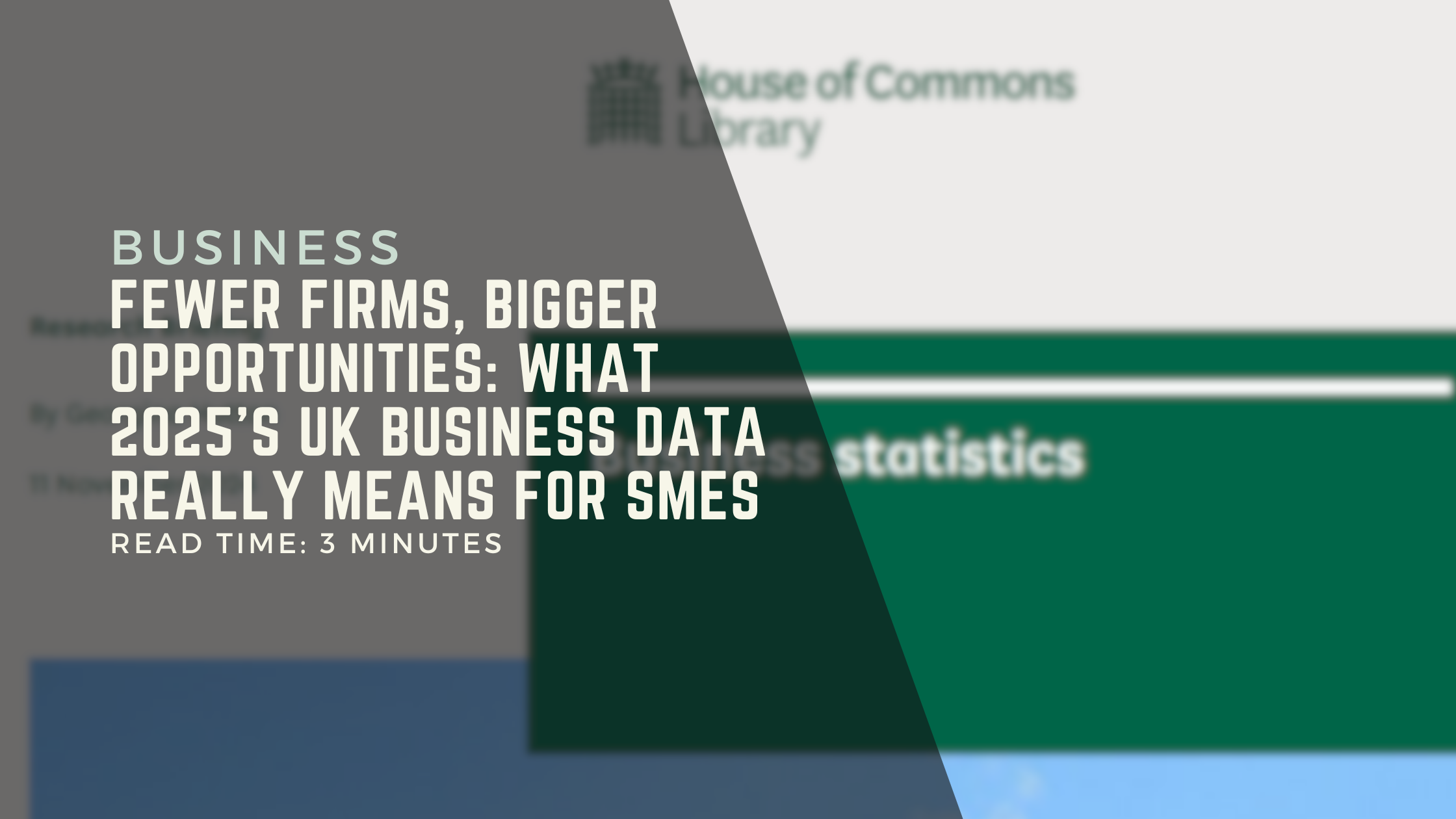If you run a mobile-first business, a game studio, app developer, or D2C brand, you’ve felt it: advertising costs are rising, attribution is unreliable, and what once worked no longer does.
One trigger was Apple’s overhaul of its Identifier for Advertisers (IDFA), which broke the link between ads and measurable installs. Many businesses responded by shifting to Android. But here’s the uncomfortable truth, that advantage won’t last either.
This article explains what IDFA is, how Google’s GAID fits in, why both systems are fading, and how businesses in this space can future-proof growth with privacy-first strategies and smart funding.
What Is IDFA?
The Identifier for Advertisers (IDFA) is a randomised ID Apple assigns to each device, letting advertisers measure campaign performance, attribute installs, and build lookalike audiences.
When Apple launched App Tracking Transparency (ATT) in 2021, apps had to ask users for explicit permission to track them. Roughly 85–90% declined, leaving marketers blind to performance data and crushing ad efficiency.
What Is GAID and Why It’s Not the Long-Term Answer
The Google Advertising ID (GAID) is Android’s equivalent of IDFA. It allows advertisers to monitor installs and conversions across Android apps, giving them a clearer picture of campaign performance than Apple now permits.
For the past three years, GAID has been the “safe haven” for marketers frustrated by Apple’s privacy wall. Android still provides granular targeting, lower cost-per-install (CPI), and more reliable attribution.
But this, too, is changing. Google has begun rolling out its Privacy Sandbox for Android, which will phase out GAID entirely by 2026. In its place, Google will introduce:
Topics API: on-device interest grouping without individual identifiers
Protected Audience API (formerly FLEDGE): privacy-preserving retargeting
Attribution Reporting API: aggregated, anonymised conversion data
In other words, the end is nigh for GAID. The short-term relief Android offered will vanish as privacy laws and platform policies converge.
Apple’s Privacy Revolution and Its Ripple Effect
Apple’s ATT transformed the advertising economy. Developers and publishers could no longer track user journeys, meaning:
Higher customer acquisition costs (CAC)
Less efficient ad spend
Difficulty proving ROI to investors or finance partners
The fallout didn’t just affect big tech firms like Meta, it hit every small business using performance marketing to grow. Without reliable attribution, scaling campaigns became guesswork.
The Short-Term Response: Shift Budgets to Android and Beyond
Understandably, many studios and brands reacted by shifting spend to Android and other open ecosystems such as web and desktop.
Why?
Android CPI remained stable.
Attribution data stayed clear.
Retargeting still worked.
According to Appsflyer and Adjust, Android captured up to 70% of mobile ad budgets in certain sectors post-ATT.
For smaller developers and publishers, Android offered a pragmatic short-term fix; a chance to rebuild campaign performance while Apple tightened restrictions.
Yet this is a temporary refuge. With GAID soon to be deprecated, marketers who rely solely on Android’s tracking will find themselves facing the same blind spot again just a year or two later.
Why the End of GAID Changes Everything
When Google removes GAID, the last pillar of cross-app user tracking collapses. Advertisers won’t be able to trace a single user’s path from ad click to in-app purchase across apps or devices.
That means:
Retargeting will vanish as we know it.
Lookalike modelling will depend on aggregated cohorts, not individuals.
Campaign optimisation will rely on first-party and contextual data instead of behavioural tracking.
For developers and game studios, this isn’t just a technical change, it’s a strategic one. It’s time to stop chasing identifiers that are disappearing and start building campaigns that don’t rely on data that’s becoming illegal to use.
Why App Developers Must Invest in Privacy-Centric Marketing Tools Now
Forward-thinking businesses are already retooling their marketing stacks around privacy compliance. The winners of the next decade will be those that act now, while their competitors cling to dying systems.
Key priorities:
First-Party Data Collection: Encourage logins, subscriptions, and CRM sign-ups so you own the relationship.
Server-Side Tracking: Implement APIs like Facebook CAPI or Google Enhanced Conversions to retain attribution visibility without violating privacy rules.
Predictive & AI Modelling: Use machine-learning attribution platforms (AppsFlyer, Adjust, Kochava) that infer performance from aggregated signals.
Creative-Led Marketing: Focus on better storytelling, community engagement, and brand-driven acquisition that doesn’t depend on personal data.
Compliance-Driven Infrastructure: Invest in consent management, data encryption, and analytics tools designed for GDPR and the forthcoming EU Digital Markets Act.
These upgrades take time and money, but they are the foundation of sustainable marketing in a post-GAID, post-IDFA world.
Funding the Transition
The shift to privacy-centric marketing isn’t just strategic; it’s financial. Developers and publishers often need to invest in:
New analytics and attribution software
CRM integrations and marketing automation
Testing new creative and cross-platform ad formats
That’s where flexible finance becomes a growth enabler.
Revolving credit facilities up to £750,000 can smooth the cost of campaign testing.
Revenue-based or MRR finance up to £10 million can fund global user acquisition.
Short-term VAT or tax loans can release cashflow to reinvest in data infrastructure.
Finspire Finance specialises in structuring these facilities, and others, so businesses can modernise their marketing stack without disrupting liquidity.
Practical Steps You Can Take Today
Audit your tracking: map all IDFA/GAID dependencies.
Plan migration: transition to server-side and first-party systems.
Diversify channels: add influencer, organic, and community-driven acquisition.
Allocate capital: use short-term finance to bridge implementation costs.
Measure outcomes: focus on lifetime value (LTV) and retention over vanity metrics.
Privacy Is the New Performance
Apple started the trend; Google will finish it. The age of individual-level tracking is ending, and the companies that succeed will be those that invest now in privacy-first, creative-led growth.
Migrating to Android may offer short-term relief, but the smart money is on building systems that outlast GAID entirely.
With the right tools, and the right funding partner, you can turn this disruption into a durable competitive advantage.







